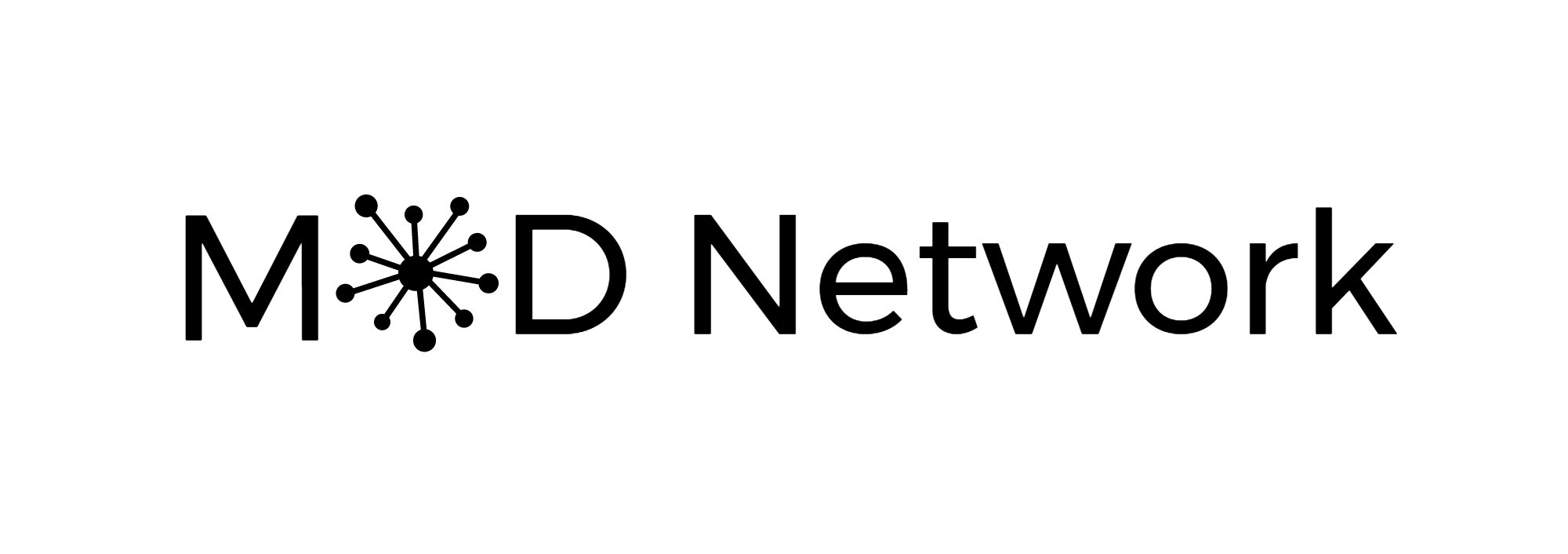Can I Offer You Some Feedback? - Episode #42
Show Notes:
This week on Business Bites, Sara shares on Tuckman's Model for Team Development which explains 5 different phases all teams move through. This process is designed to help teams perform better, while moving through each phase. Forming, storming, norming and performing helps better understand team dynamics. Subscribe today so you never miss an episode!
Below we are offering a transcript of the podcast for accessibility and reference.
Episode #42: Business Bites: Tuckman’s Model for Team DEvelopment
Welcome to Business Bites. My name is Sara. This is the podcast for busy professionals who want the quick hits of business terminology, historical context, and strategies for integration. This week we're going to be talking about Tuckman's stages for group development, sometimes just called Models of Group Development. Tuckman's model has five different phases that all teams move through as they're doing a specific project initiative or group work.
First, we start with forming, then storming, norming, performing, and ending with adjourning. As we move through each of these phases, it's important to remember that every new team that's established, or a team that has individuals who enter or exit a team will always go back to the forming stage. When we start in the forming stage, this is where we are seeing individuals socializing, getting to know each other, developing a little bit of clarity around who's going to be doing what, what are the clear expectations that we need to set. And it's important for teams to think about how do we facilitate introductions, discuss what does success look like, and establish some guidelines for clear communication.
The next phase that folks move into is the storming phase. When we're talking about storming, it sounds like it is. This is where individuals start to see a little bit of resistance. And it's not always intentional resistance, but sometimes what we've clarified is the objective isn't always as clear as it seems. So there could be difference of agenda, difference of opinion, folks participating at different levels. And this is an opportunity for teams to identify the issues and figure out how they're going to facilitate a way towards their resolution. Folks need to be able to request and ask for feedback, but the storming phase is normal as folks then move on to the third phase, which is norming.
This is where the team starts figuring out what normal looks like. How do we get cohesion? How do we understand our purpose and goals? How are we moving through the project or the initiative with greater confidence or commitment? This is where individuals can recognize what they're participating, and as well as what is the team bringing to that opportunity. We're getting feedback, we're sharing, and individuals are engaged and supportive of each other.
After that, the fourth phase is performing. This is where the team has already figured out what works, who's doing which roles, and this is where we're seeing interdependence and self-management by individuals. There could be high levels of motivation or trust and empathy for others on how they need to show up in the project, but essentially being in the performing stage is where that team is producing at its highest level. They're effectively delivering on specific objectives. They have consistent performance, and they're able to celebrate success along the way.
The last phase of this model is adjourning. This is where the team is ending for whatever reason. Now, it could be that there are individuals who exit the team and then we go back to forming again, or that the project is over, the initiative is done, or the committee needs to disband. It's important to have this adjourning phase to understand what is the change that the group has undergone. What is the opportunity for us to look at lessons learned or give evaluations or broader feedback about the process and how do we provide an opportunity for individual recognition as well as thinking about the team's accomplishments?
Each of these five phases is distinct and different. And as I mentioned earlier, it's important to know that just because you're in a particular phase doesn't mean that something is necessarily working or not working. Some of these phases are a little more challenging to navigate, such as storming, and it doesn't mean that you won't one day get to performing. But it's important as a team to have candid conversations with each other around where we're at in the process and how we're moving along towards future goals.
This has been Sara with Business Bites. And you can reach me at podcast@mod.network. We would love to hear from you on what other terminology you'd like bite-sized, and as always, give us a quick rating on your platform of choice and share this podcast with a friend. We'll see you next time.
Further Reading:
